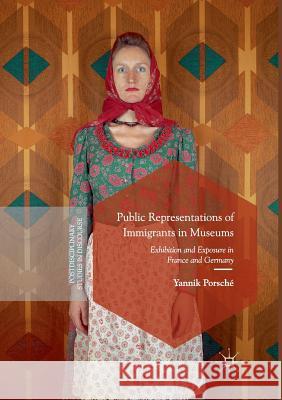Public Representations of Immigrants in Museums: Exhibition and Exposure in France and Germany » książka
topmenu
Public Representations of Immigrants in Museums: Exhibition and Exposure in France and Germany
ISBN-13: 9783319882239 / Angielski / Miękka / 2019 / 401 str.
Public Representations of Immigrants in Museums: Exhibition and Exposure in France and Germany
ISBN-13: 9783319882239 / Angielski / Miękka / 2019 / 401 str.
cena 362,27
(netto: 345,02 VAT: 5%)
Najniższa cena z 30 dni: 346,96
(netto: 345,02 VAT: 5%)
Najniższa cena z 30 dni: 346,96
Termin realizacji zamówienia:
ok. 22 dni roboczych
Dostawa w 2026 r.
ok. 22 dni roboczych
Dostawa w 2026 r.
Darmowa dostawa!
Kategorie:
Kategorie BISAC:
Wydawca:
Palgrave MacMillan
Seria wydawnicza:
Język:
Angielski
ISBN-13:
9783319882239
Rok wydania:
2019
Wydanie:
Softcover Repri
Ilość stron:
401
Waga:
0.49 kg
Wymiary:
21.01 x 14.81 x 2.16
Oprawa:
Miękka
Wolumenów:
01
Dodatkowe informacje:
Wydanie ilustrowane











